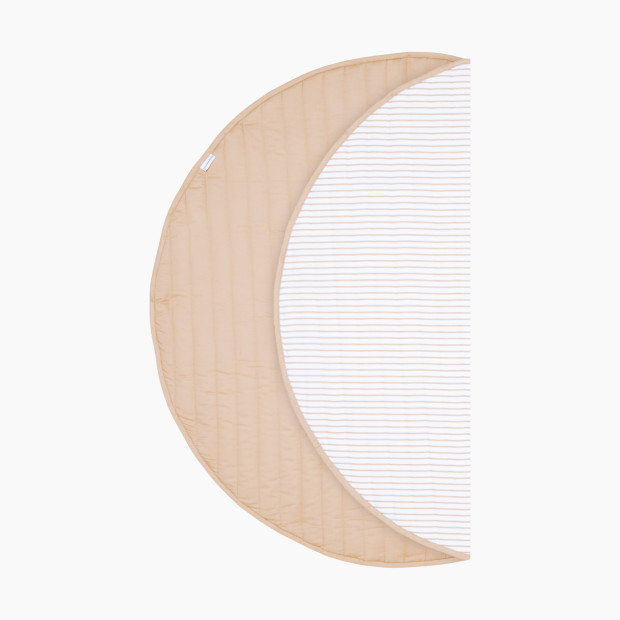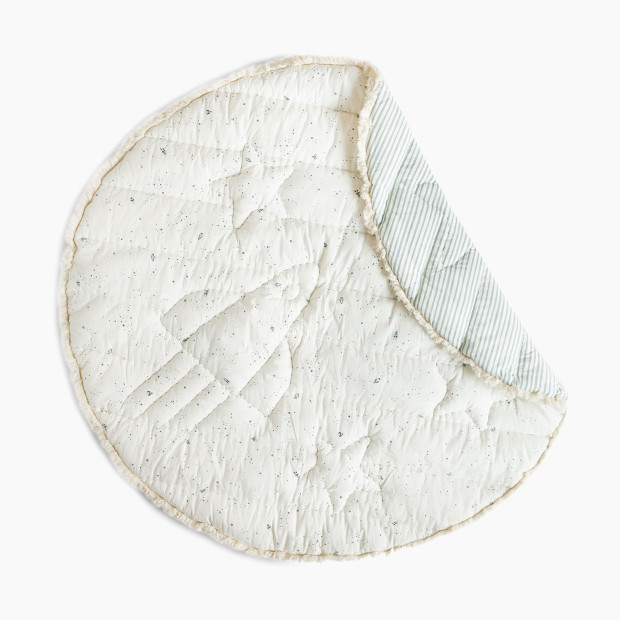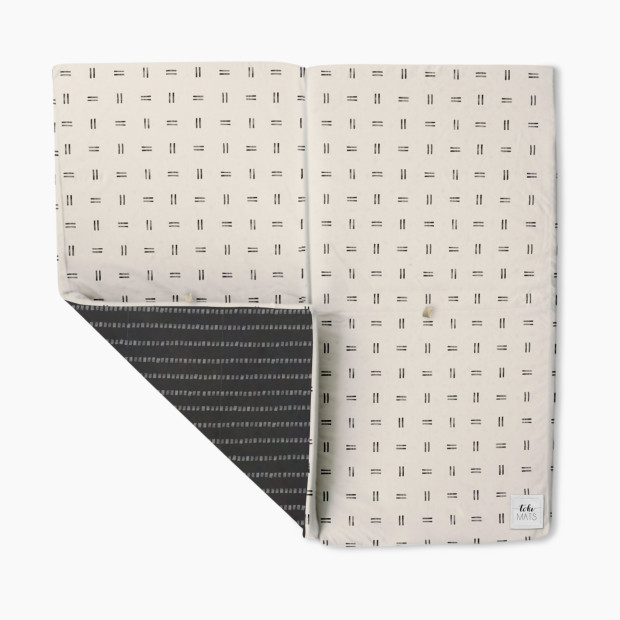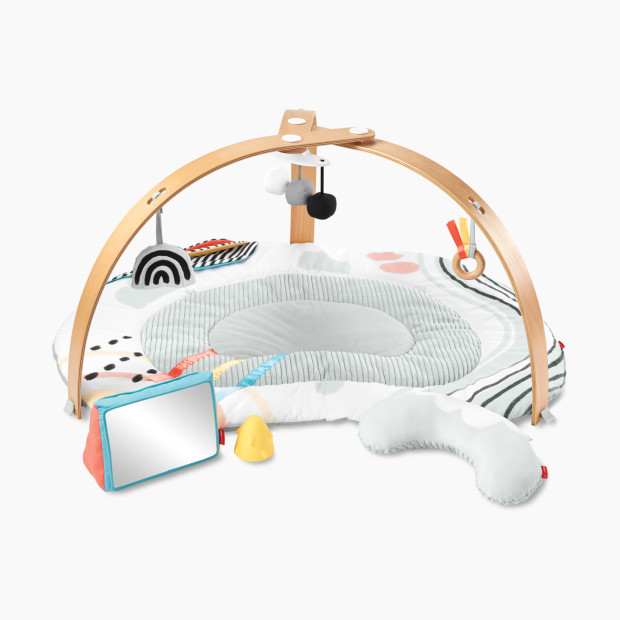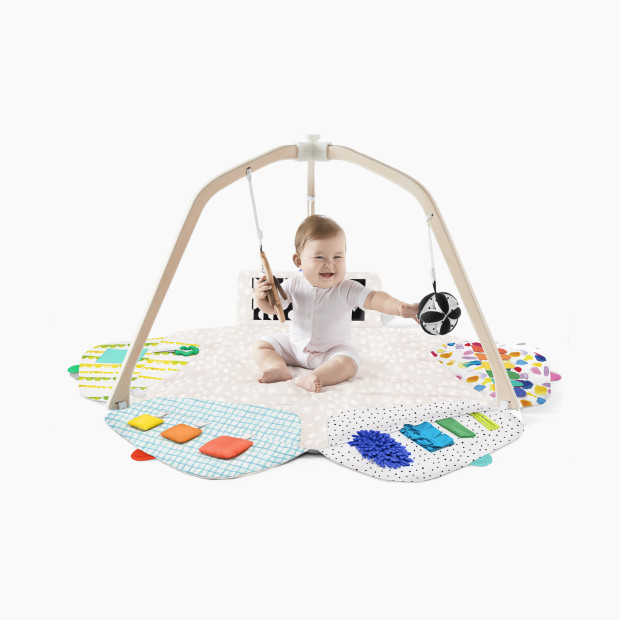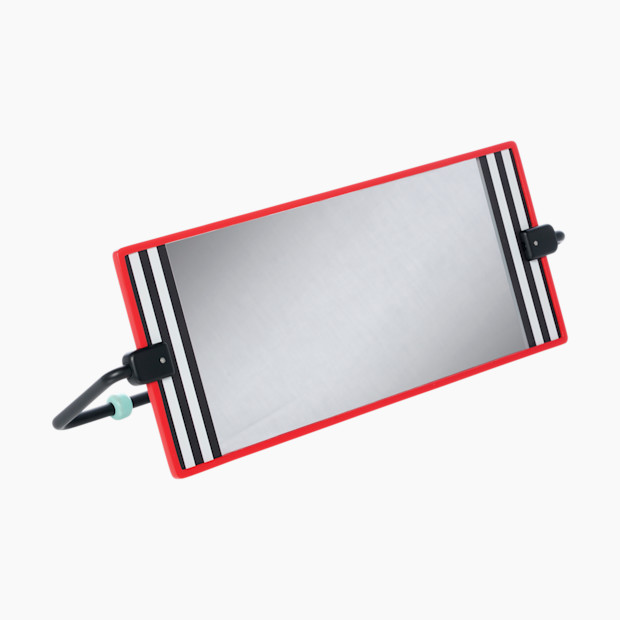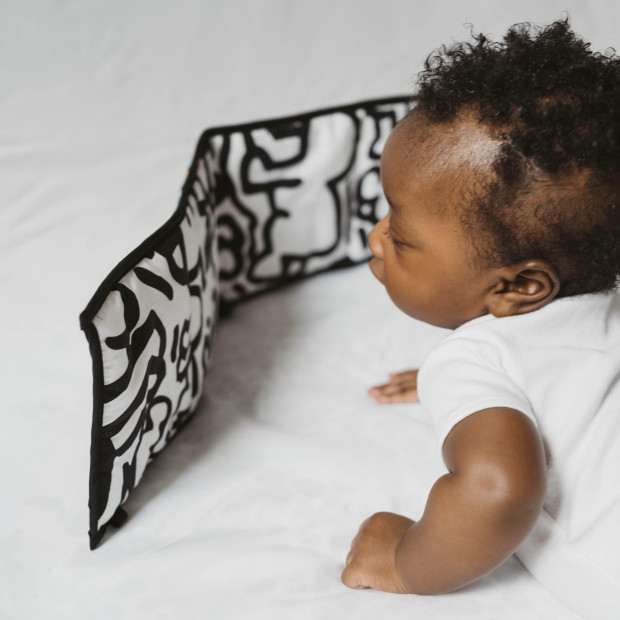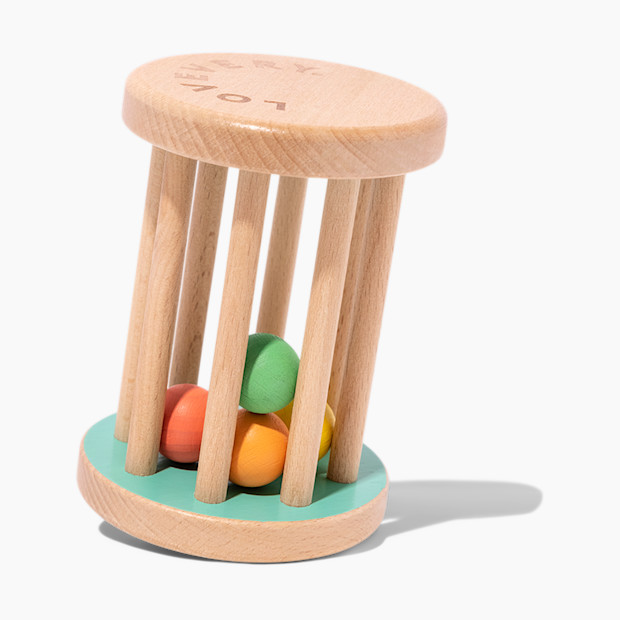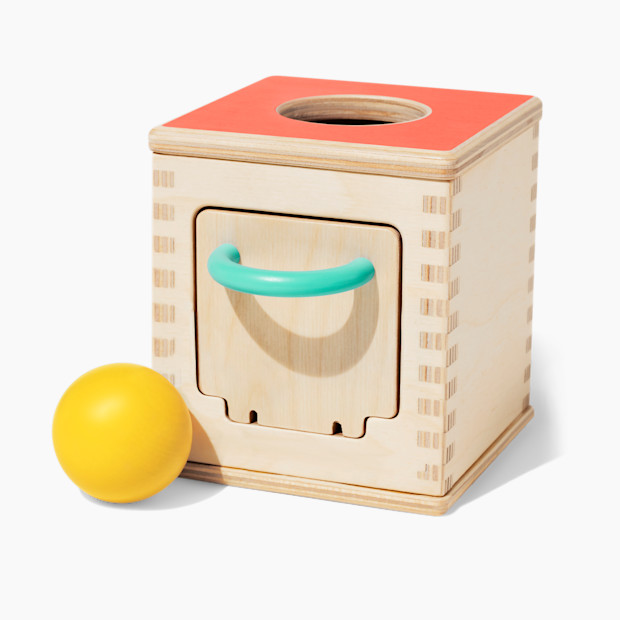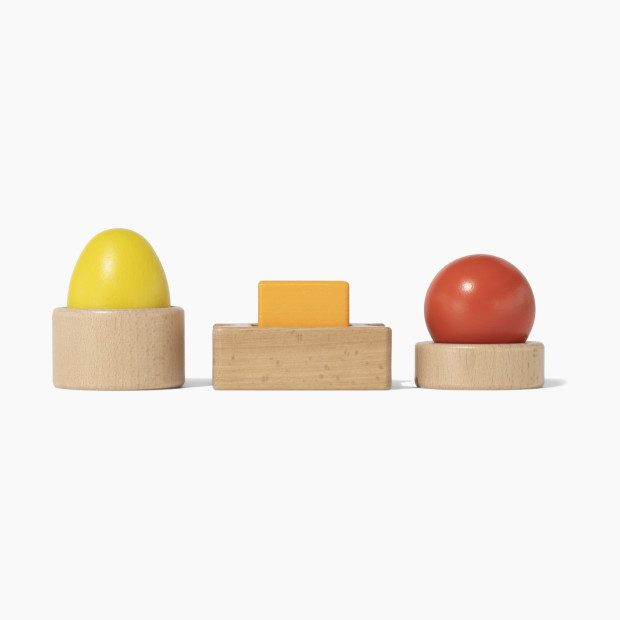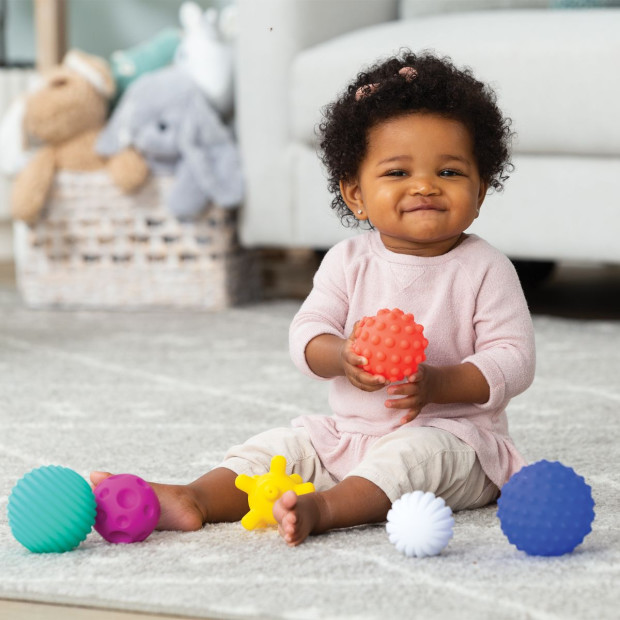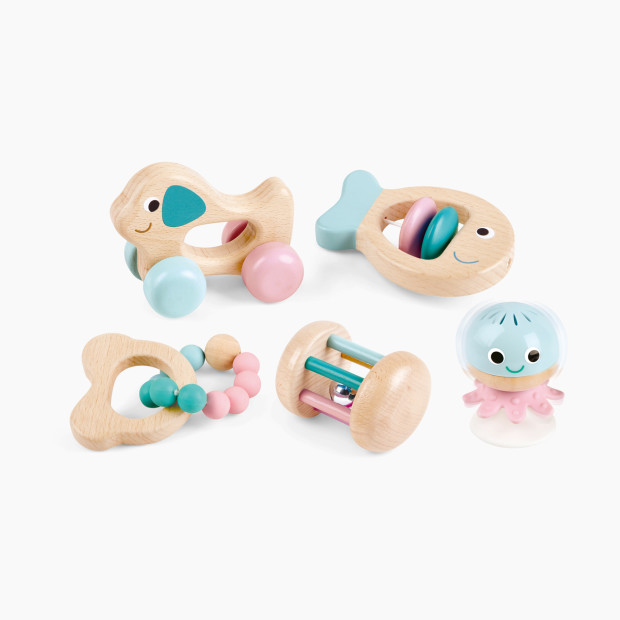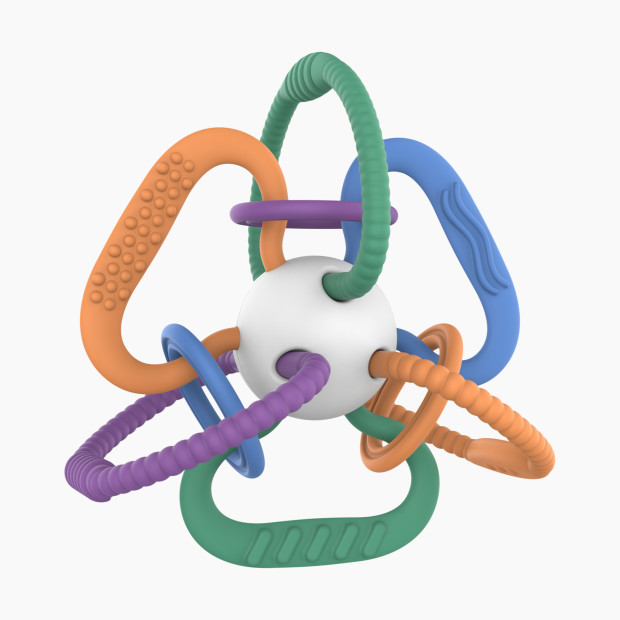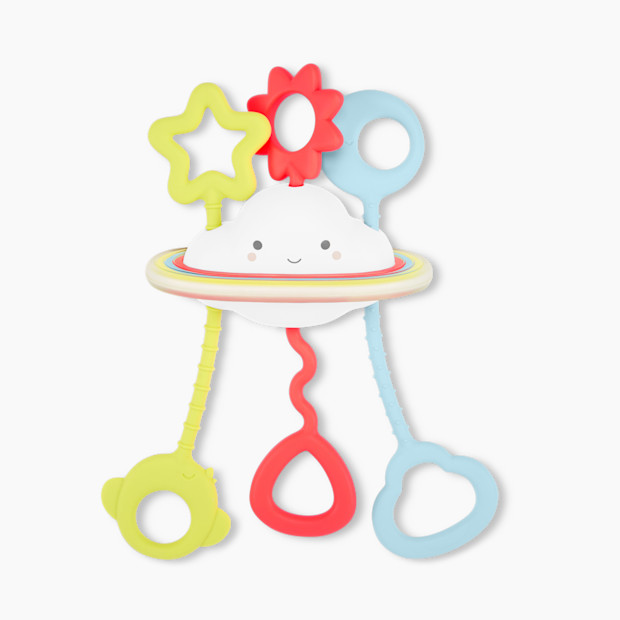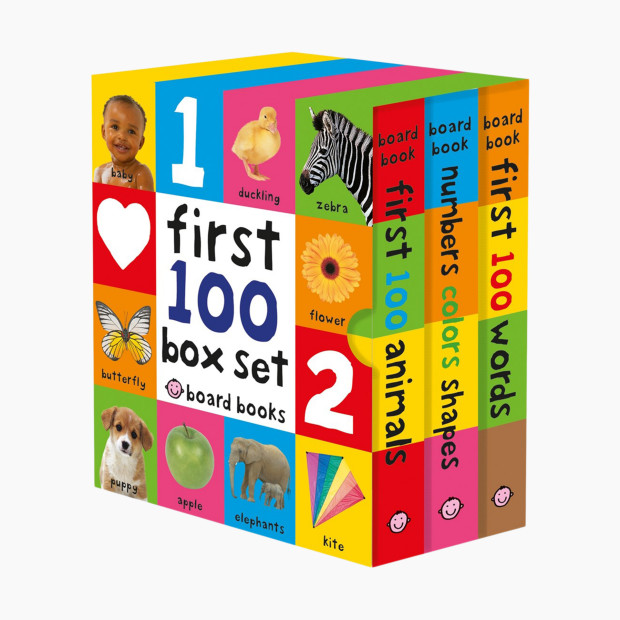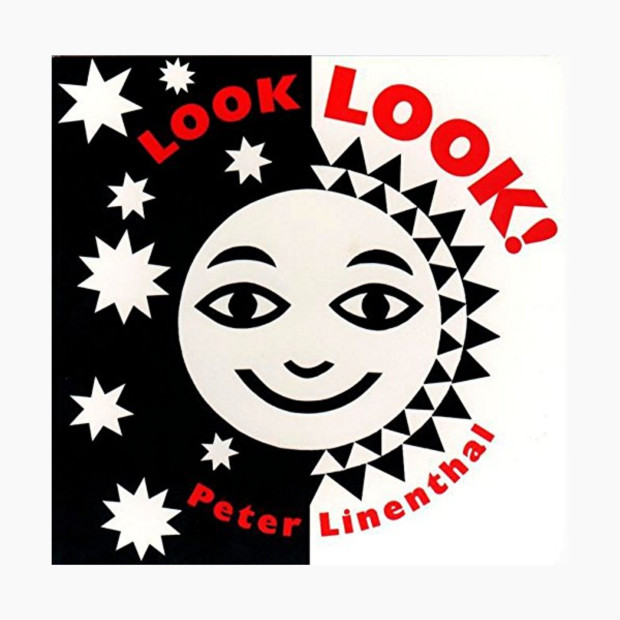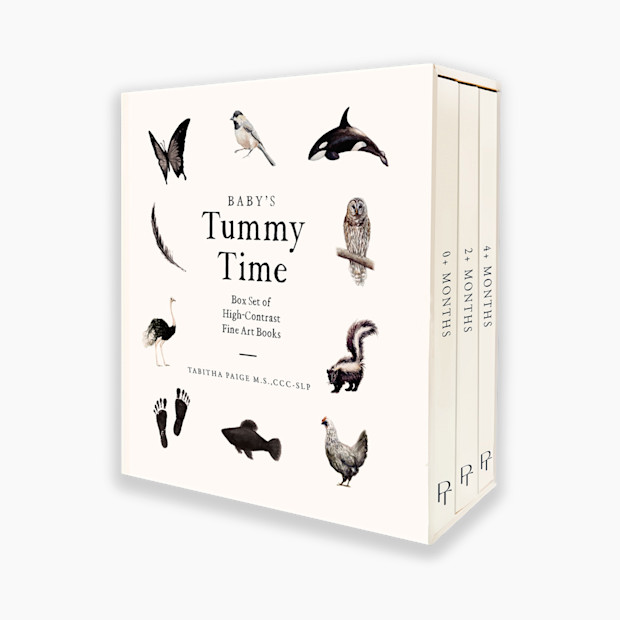
The Best Montessori Toys for Babies
Incorporate this educational philosophy from day one with these Montessori-friendly toys.

By Briana Engelbrecht
Fact Checked by Shannon Vestal Robson
In This Article
Developed by Italian physician Maria Montessori in 1897, the Montessori method is a child-centered approach to learning that emphasizes hands-on, purposeful activities directed by the child. For many parents, the first introduction to Montessori comes through simple toys made from natural materials, usually wood. The concept goes far beyond the aesthetic, though; it encourages kids to engage in thoughtful, age-appropriate play that supports their cognitive, social, emotional and physical development. “It’s a way of seeing your child and showing up with curiosity, intention and deep respect for their development,” says Lynda Apostol, a certified Montessorian and founder of The Montessori Teacher.
Kermichelle Leo-Joseph, a Montessorian and founder of Montessori in Color, adds: “Montessori is a mindset first, and once you understand the ‘why’, [how to do it] naturally follows.” While there's no list of “official” Montessori toys, I chatted with both Apostol and Leo-Joseph about which toys support the philosophy best and how to incorporate it into your home from birth. The right environment and materials can help guide that play in meaningful ways. Here's how to set it up at home with both toys and furnishings.
Set the Montessori Stage
Incorporating Montessori in your home doesn’t actually start with the toys themselves. Instead, “It begins with meaningful choices: placing a soft mat on the floor, keeping toys and materials within your baby’s reach and offering just a few purposeful items at a time,” says Leo-Joseph. This can look like something as simple as a play mat + mirror + mobile or an all-in-one play gym to create a safe and engaging spot for your baby to explore their surroundings and move their body during tummy time.
Grasping + Grabbing Toys
“Montessori-aligned toys at this stage are simple, purposeful and designed to support one developmental skill at a time,” says Leo-Joseph. “Look for materials that encourage natural movements like grasping, reaching, kicking [and] visual tracking.” Here are a few of our favorite toys that encourage hand-eye coordination and fine motor skill development.
What makes a toy a Montessori toy?
A toy is considered Montessori-aligned if it supports the same educational philosophies as the Montessori approach, like encouraging skill-building through play. “One of the defining features of Montessori materials is that they are designed to isolate a single skill,” Apostol says. “If a toy encourages concentration, coordination, repetition and independence and aligns with what your child is developmentally working on—without relying on novelty or passive amusement—it’s likely Montessori-aligned.”
Here’s what to look for when choosing a Montessori-friendly toy for your baby:
They’re Made of Natural Materials
The Montessori philosophy places importance on natural materials that children can learn about and safely explore. Does this mean absolutely no plastic allowed? Not quite. But for the most part, traditionally Montessori-friendly toys are made from materials like wood, metal, cotton, wool or even rock.
They’re Simple
These are toys that will encourage your little one to engage in open-ended, imaginative play with no batteries required. While there's nothing inherently wrong with electronic toys, Leo-Joseph says they typically promote "passive participation [and] entertain the baby rather than engage them. This includes toys with flashing lights, loud music or buttons that do all the work for the child.”
They Engage One Skill at a Time
Toys that focus on a single skill or concept help build the foundation for more advanced learning later on. “Think: a wooden grasping rattle, a mirror at floor level, a basket of everyday objects or a simple object permanence box.” Apostol says. “These are not ‘busy toys’—they are invitations to learn.” Toys like a single-shape puzzle, for example, or a rattle with a bell on it or a pounding bench are all single-skill toys that set the stage for learning as your child grows and develops.
They’re Realistic and Purpose-Driven
Maria Montessori favored toys and books that were rooted in reality. This means if you’re choosing between a figurine that’s a cartoon-like image of a cow versus a realistic image of a cow, it’s always best to go with the one that’s based in the real world. She also observed that children love to mimic the world around them, so anything that can help your little one feel like a true part of the “grown-up” world is encouraged. Montessori also prioritizes the development of practical life skills—things like getting dressed and cleaning. Leo-Joseph recommends parents invite their children into their routine. “Narrate what you're doing, involve them in caregiving moments and treat them as an active participant in family life.” (There are a bunch more fun, realistic toys for this once your baby enters toddlerhood.)
Lastly, there’s one other thing to remember when choosing Montessori-friendly toys for your baby: less is more. Instead of stocking your little one’s playroom with tons of toys, try to limit it to only a few. The key is to not put everything out at once and instead rotate toys once in a while or as you notice your little one has mastered the skill or no longer seems interested. (Sometimes putting a toy away for a few weeks then bringing it back out can actually renew their excitement and interest, plus they may be able to play with it in a new way now that they're a bit older). When you're setting up your baby's toys, focus on toys that will go the distance and that are appropriate for whatever developmental stage your baby is in at the moment.
Fewer toys out means less overwhelm for everyone (including parents who have to pick up at the end of the day) and it enables your baby to focus more on the task at hand.
